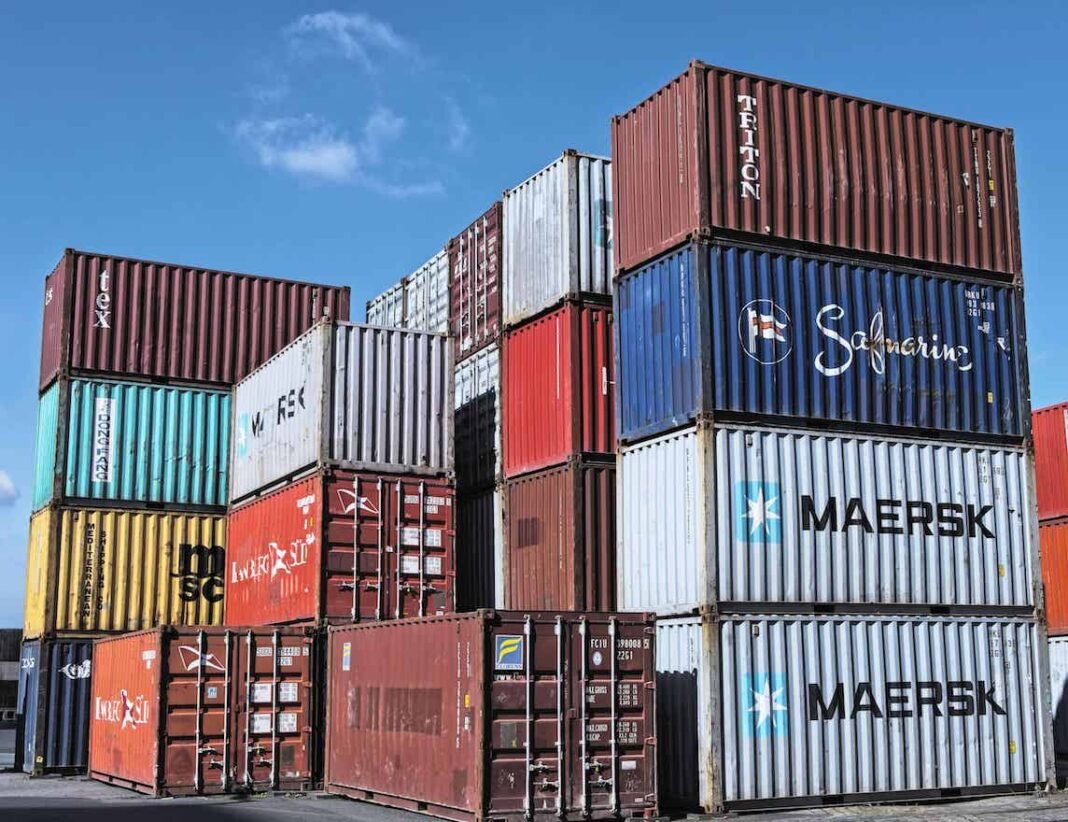The Department for Promotion of Industry and Internal Trade (DPIIT) has finalized a draft framework for sharing the Gati Shakti national master plan data with the private sector to improve national infrastructure projects and reduce logistics costs. The framework includes access and viewing rights for social and economic infrastructure-related data with private entities. However, the DPIIT is cautious about the extent of data that will be shared to prevent misuse of the information.
Currently, only state and central government ministries and departments can access the portal for detailed planning and implementation of infrastructure connectivity projects in a time-bound manner. The DPIIT hopes that private sector access to the national master plan will help them execute infrastructure projects more efficiently. However, the ministry also recognizes the importance of national security and data privacy concerns.
The draft framework has been developed, and comments and views from relevant ministries will be considered before rolling out the framework. Over 1,450 layers have been uploaded to the national master plan, including data related to railway and port connectivity, gas pipelines, optic fiber across the country, and land records, which may contain personal information. Of these layers, 585 data layers have been uploaded by 36 central ministries and departments, while states and Union Territories have uploaded 872.
The DPIIT recognizes the importance of privacy concerns, as a data set may pertain to an individual. Preparing protocols for private users’ access to the national master plan data is crucial, considering security concerns. The Ministry of Electronics and Information Technology (MeitY) has also been consulted regarding the draft framework.
Prime Minister Narendra Modi announced the Gati Shakti national master plan over a year and a half ago. It is a comprehensive database of various ministries’ ongoing and future infrastructure projects with the larger goal of addressing missing connectivity gaps and supporting data-based decision-making. All existing and proposed economic zones have been mapped in a portal, carrying details of multimodal connectivity infrastructure. All states and Union Territories have uploaded data on the national master plan. The master plan is also used to plan social infrastructure needs such as hospitals and schools.

